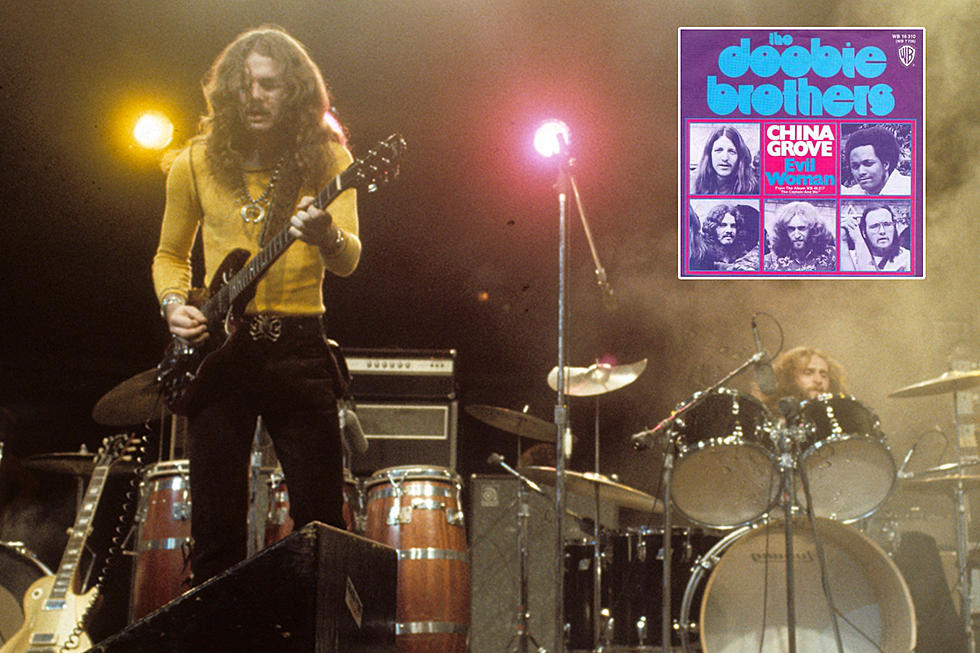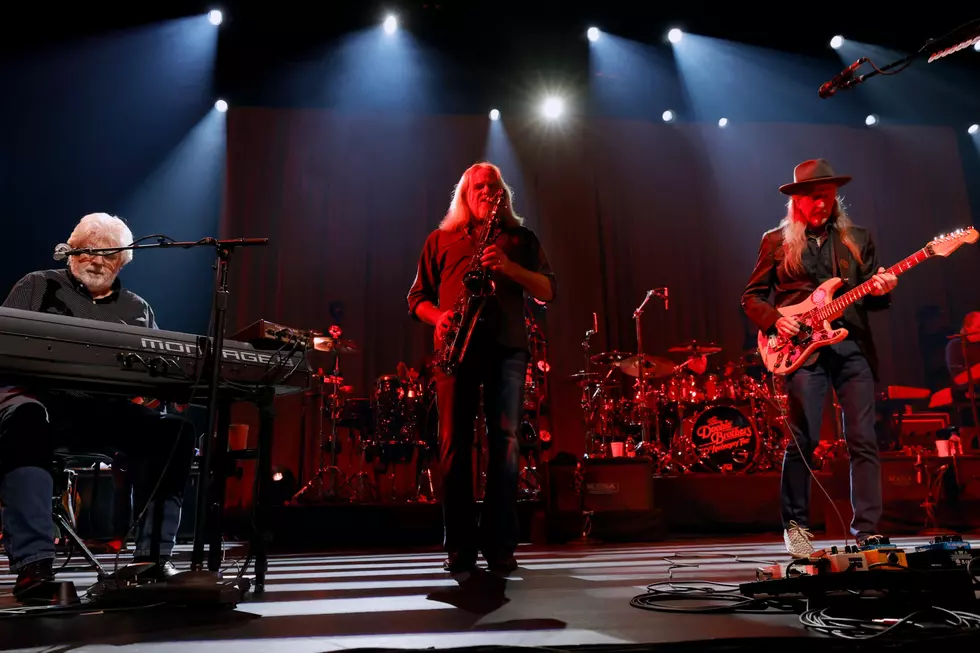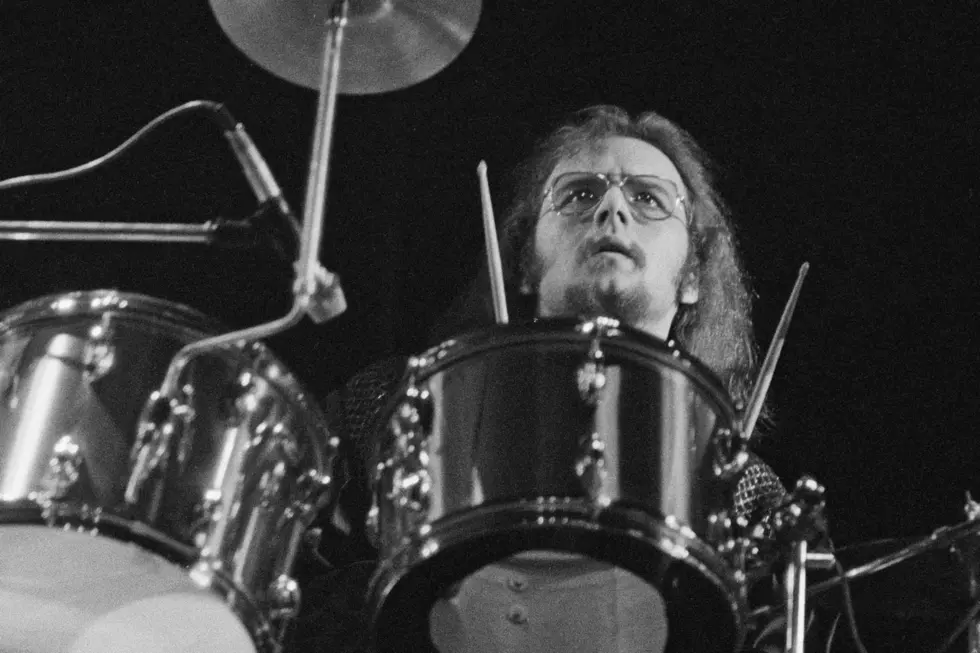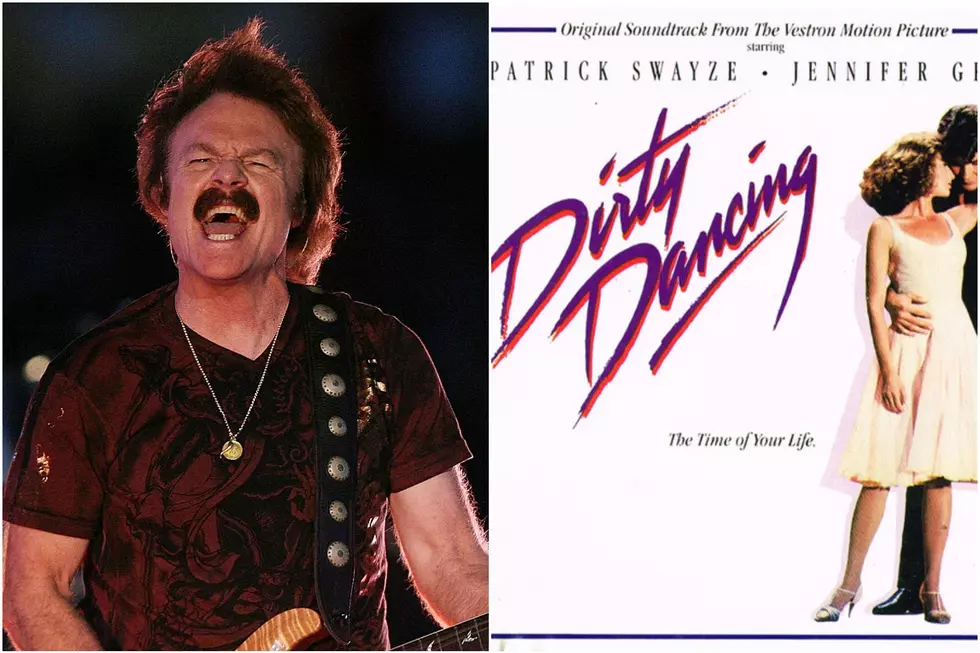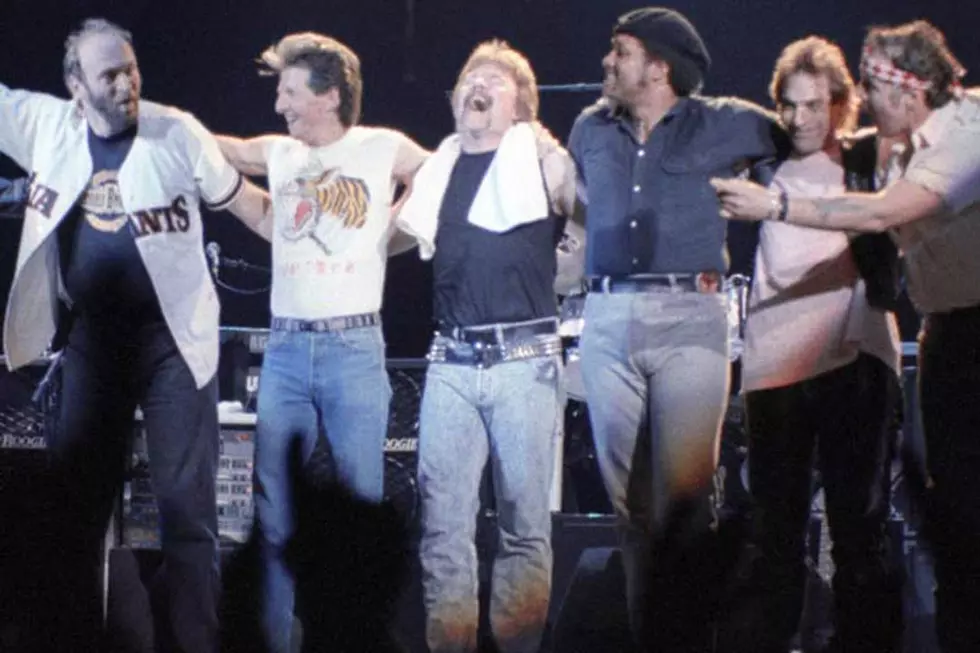
How the Doobie Brothers Got Back Together
When the Doobie Brothers concluded their farewell tour in 1982, the band members believed they were going their separate ways for the final time. But as the decade wore on, what were once vices became fond memories. By the end of the '80s, the group was back in action with a hit single, a brand new album and a reunion tour that opened June 9, 1989, at Colorado's famous Red Rocks Amphitheater.
That flurry of renewed activity had its roots in a reunion that took place two years earlier, when most of the former Doobie Brothers got together for a brief series of fundraising gigs. "It was this huge band that had like 14 people or something like that. We did eight or 10 dates, something like that, and it was all fundraisers, to make money for charity," founding member Patrick Simmons tells UCR. "That was just a really nice moment of camaraderie, a really amazing musical experience."
Part of what made it so special was the expanded lineup, which made it possible for Simmons and his former bandmates to really delve into the old songs again.
"We were able to do arrangements in a new way, and the set was much longer – with three singers, myself, Tom Johnston and Michael McDonald, and by that time, Keith Knudsen and Cornelius Bumpus were singing as well," Simmons adds. "It really was a broad variety of music we were able to do. Chet McCracken was playing vibes; we had two keyboard players in Michael and Cornelius, and I was playing guitar alongside Tom Johnston, Jeff Baxter and John McFee. Tiran was the only bass player. We didn't have our original bass player, Dave Shogren, with us at that time. I don't know why he didn't make it to the party. I think we had five drummers – four full traps and Bobby LaKind playing percussion. Just amazing, and a wonderful time."
After the expanded Doobie Brothers parted ways following the 1987 concerts, the seeds were sown for a full-fledged reunion featuring the core of the lineup responsible for the group's earliest records. "It was kind of like revisiting that earlier era for us, which I had always felt was a really strong band," Simmons says. "We had done a lot of different kinds of music in between, but there was something special between Tom and myself that generated a certain edge to the music. I'd always thought we had something unique together: Our harmonies have a certain characteristic, and I don't really know how to describe it."
Watch 'China Grove' from Doobie Brothers' Farewell Tour
When they took the stage in June 1989, Simmons explains, "we were excited, because we really hadn't done any gigs, per se. We really hadn't done anything with that particular band for so long, that getting out there again with that five-piece band was pretty amazing."
They'd been out of concert action as a five-piece for some time, but it wasn't as though they'd been completely defunct. In fact, by the time the tour started, they'd released their reunion record, Cycles, which already boasted a hit single in the lead-off track "The Doctor." The new music bore the stamp of that distinctive Doobie Brothers sound, but it wasn't cut from exactly the same cloth: Not only was the band on a new label, Capitol Records, after spending years at Warner Bros., but they weren't working with longtime producer Ted Templeman.
"Originally, we had contemplated doing the record with Ted Templeman. He was the one who talked us into going back to the original band – although he didn't have to talk much, because we all thought it was a great idea," Simmons recalls. "We were wanting to do the record with him, but at the time he was very busy with Van Halen stuff, an Aerosmith project, and he was also working with Eric Clapton and a number of other artists. We had this window, and Tom and I were concerned that some of the other guys might lose interest. We thought if we didn't get to work on something, we didn't know if we'd be able to keep it together."
Meanwhile, the Doobie Brothers were busy being wooed by some old friends. "Joe Smith had been, I think, a vice-president at Warner Bros. when we originally signed, and he'd become the president at Capitol, so he called and said he'd heard we were getting the band back together – and he said they'd match whatever Warner Bros. offered us," Simmons continues. "I think David Furman was the VP in charge of artist relations there. We knew all those guys from Warners. They had a whole roster of former Warners guys at Capitol. Ted told us he'd be tied up for at least a year, but he said if we had a good offer we should take it, and that's how we ended up at Capitol. Of course," he laughs, "then we were stuck without a producer."
They ended up picking Charlie Midnight, whose recent credits included work with Dan Hartman. Midnight helped them assemble a team that could sharpen the songwriting focus while offering a few subtle updates on the Doobie Brothers' classic sound.
Watch the Doobie Brothers' 'The Doctor' Video
"We were looking for a song guy, someone who at least knew how to pick songs. We know how to play, we know how to write, but to be able to have that perspective and come up with the right songs. We felt Charlie had that spark," Simmons says. "And Charlie brought in a guy named Eddie Schwartz, because we were looking for someone who had experience with digital recording. This was the dawn of MIDI, and we wanted to be able to use synthesizers and programming to possibly have some electronic drum sounds: Mike Hossack had purchased an electronic drum setup, and a good portion of the drums on the Cycles record are Simmons drums, which sound like acoustic drums, but they're sampled."
Even with cutting-edge gizmos at their disposal, the Doobie Brothers avoided the slickly produced power ballads that brought many of the bands in their peer group chart success in the '80s.
"We've never followed the trends, no matter how hard we tried," Simmons says with a laugh. "Anything we ever tried to do that might have seemed like we were going into that kind of mode never really worked out. We'd get part of the way and say, 'No, that's stupid.' That's probably been a good thing for us. I don't think anyone could ever accuse us of trying to be disco or '80s or anything else like that – not too much. We've always kind of marched to our own drummer, so to speak, and I think that's been a positive thing for us. We sound like ourselves."
The Doobie Brothers' early '90s reunion ended up being somewhat short-lived. They only released one more album on Capitol before entering another short hiatus, then reuniting for good. Their return with Cycles proved their sound could still find an audience even without making many capitulations to Top 40 radio, and ticket sales for the tour backed that up.
"We've borrowed from other artists. I don't know if there's a note that's been played that isn't borrowed from someone else somewhere along the line – but you put your own spin on things, and that's what we've always attempted to do," Simmons says. "We're a blues-based rock band, with a little R&B, a little gospel, a little country, a little jazz – take any American thing you can think of, and add maybe a little bit of British blues as well. It isn't conscious, it's just who we are."
44 Famous Records You Probably Didn't Realize Were Covers
More From Ultimate Classic Rock



